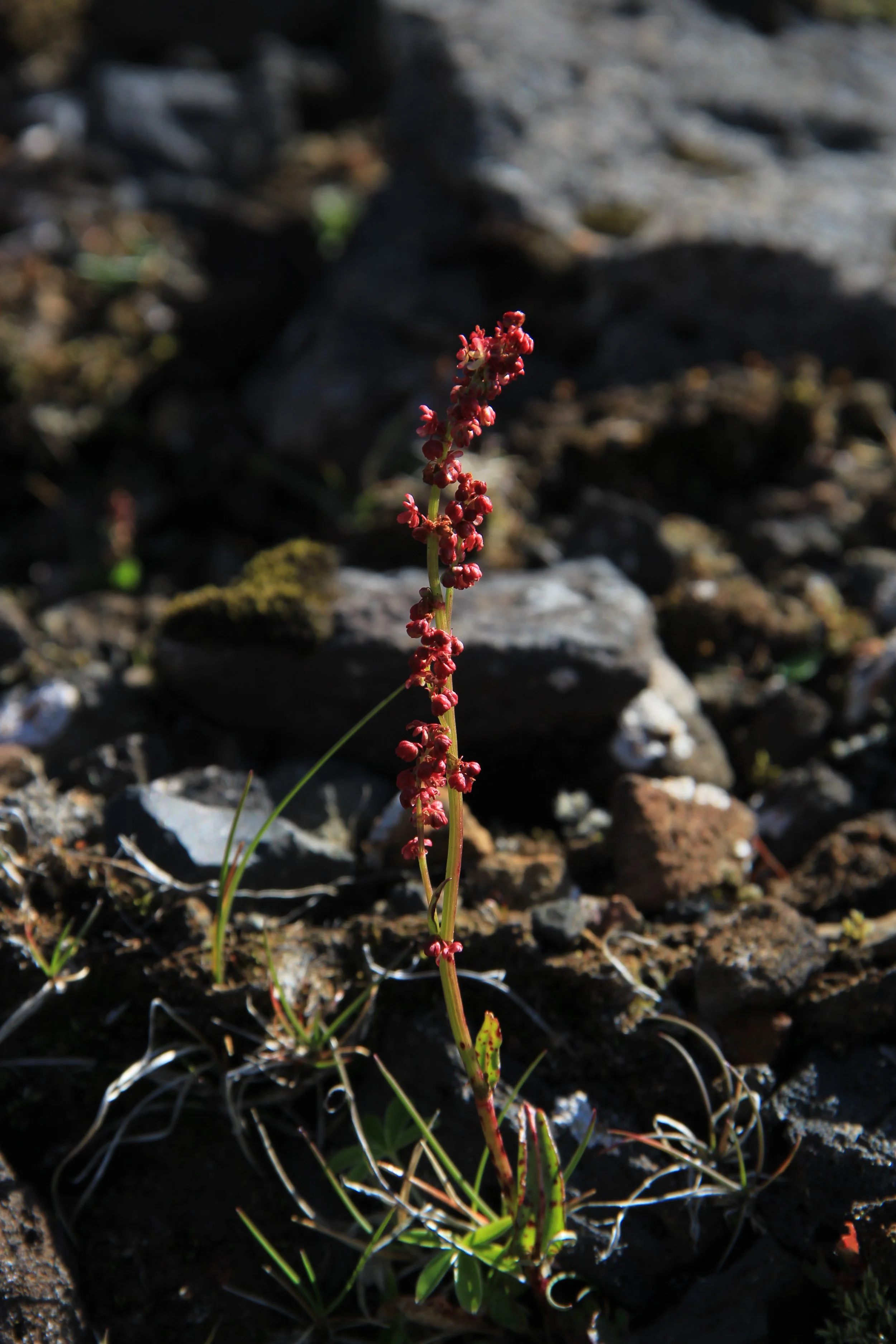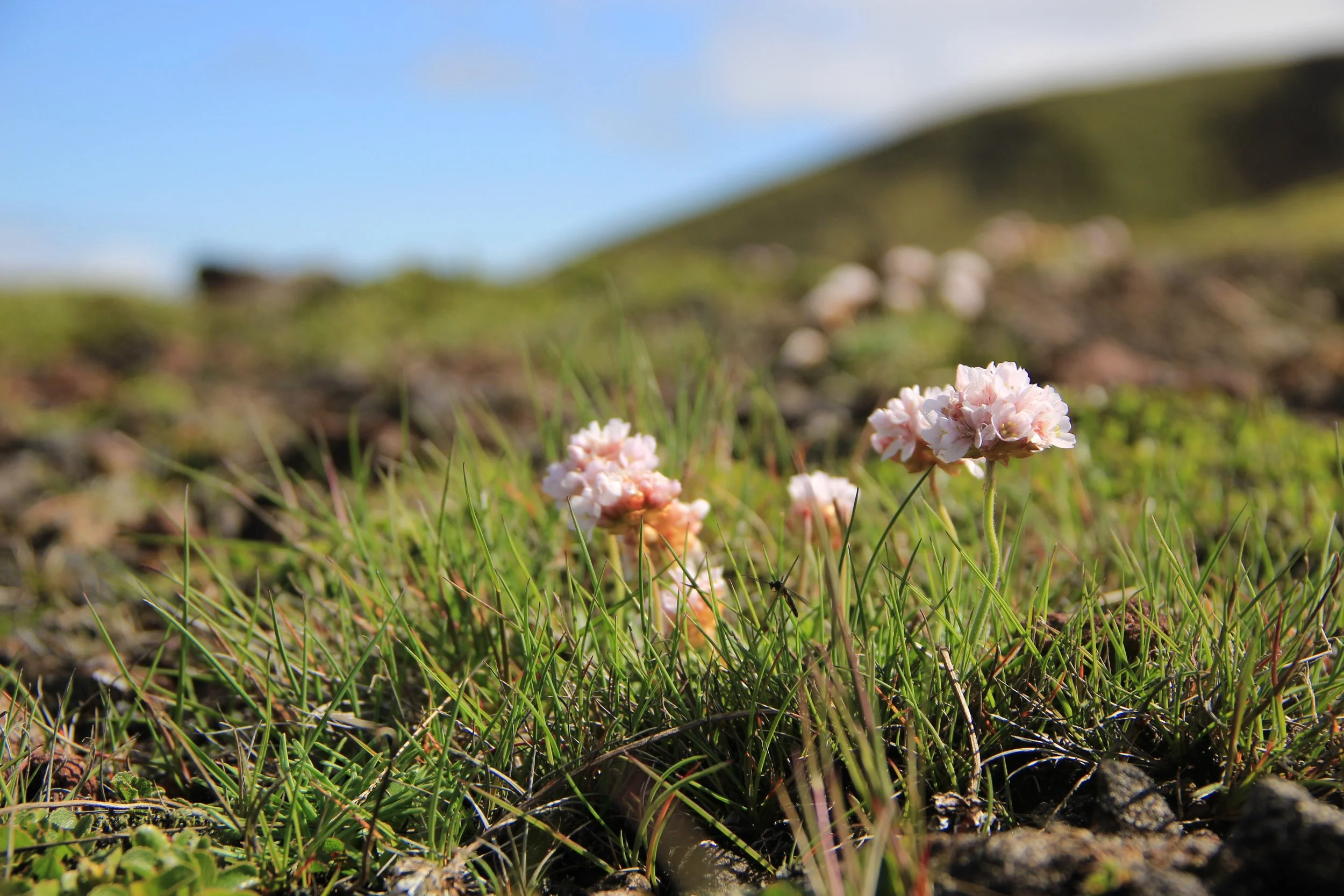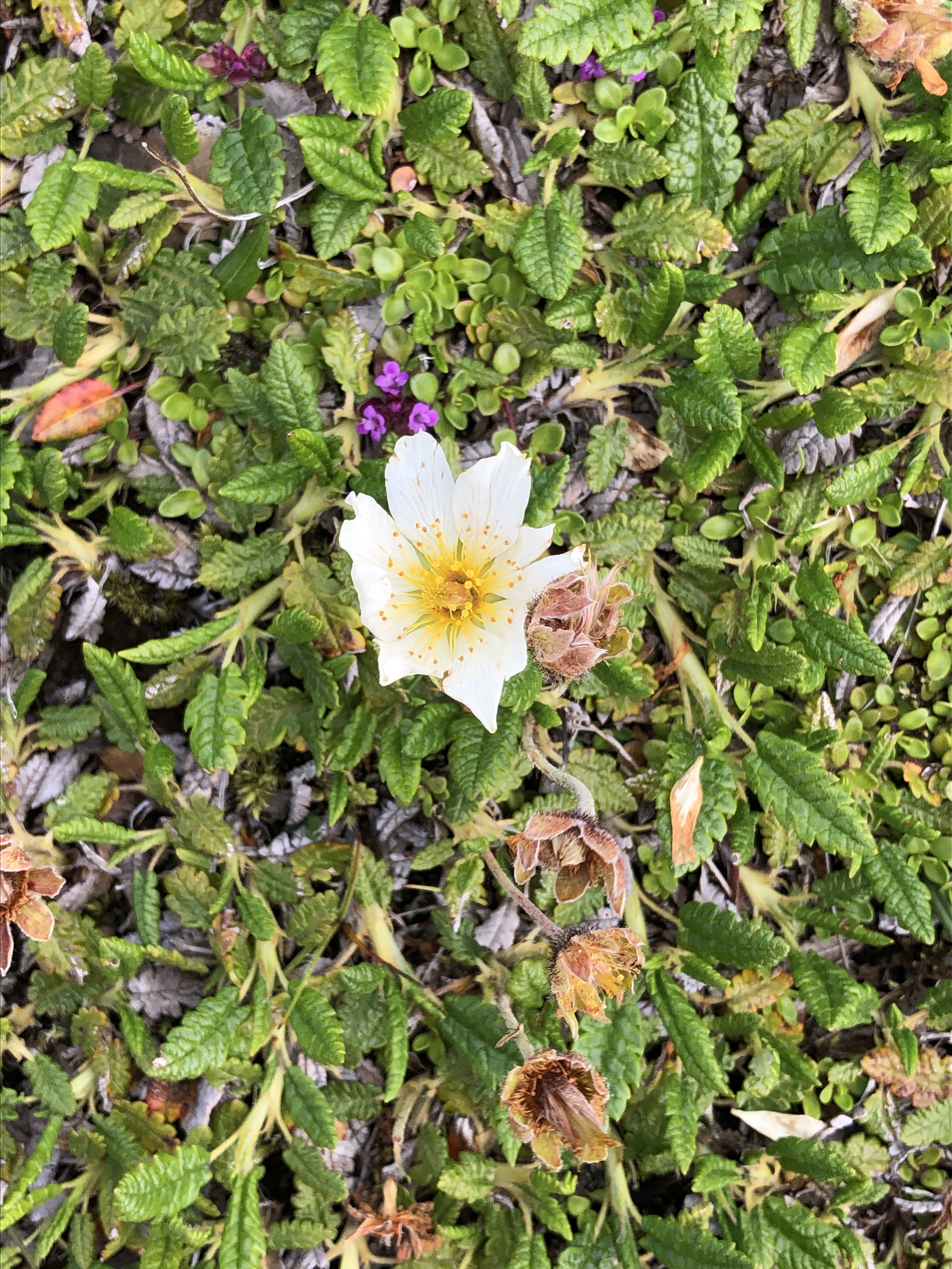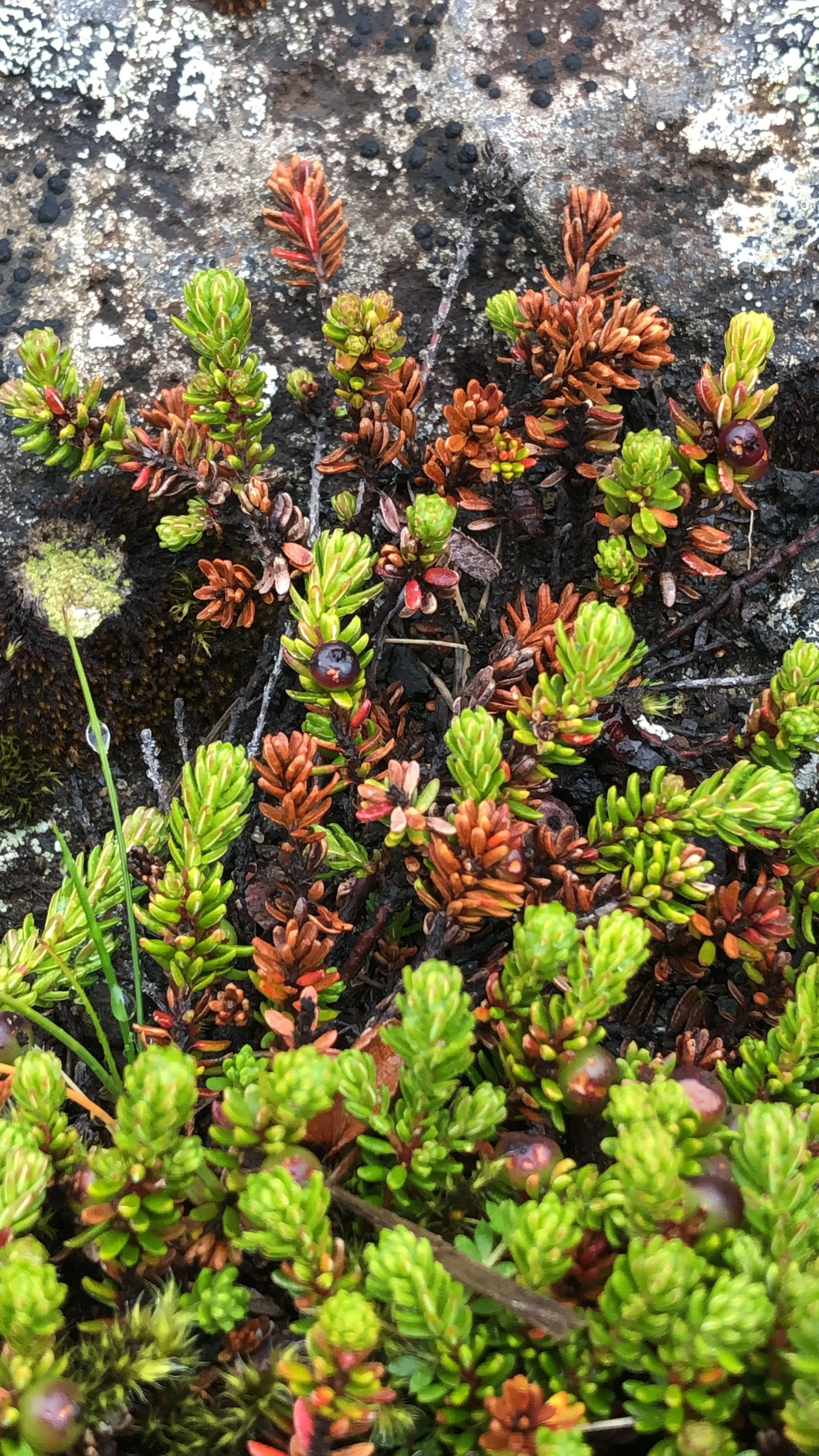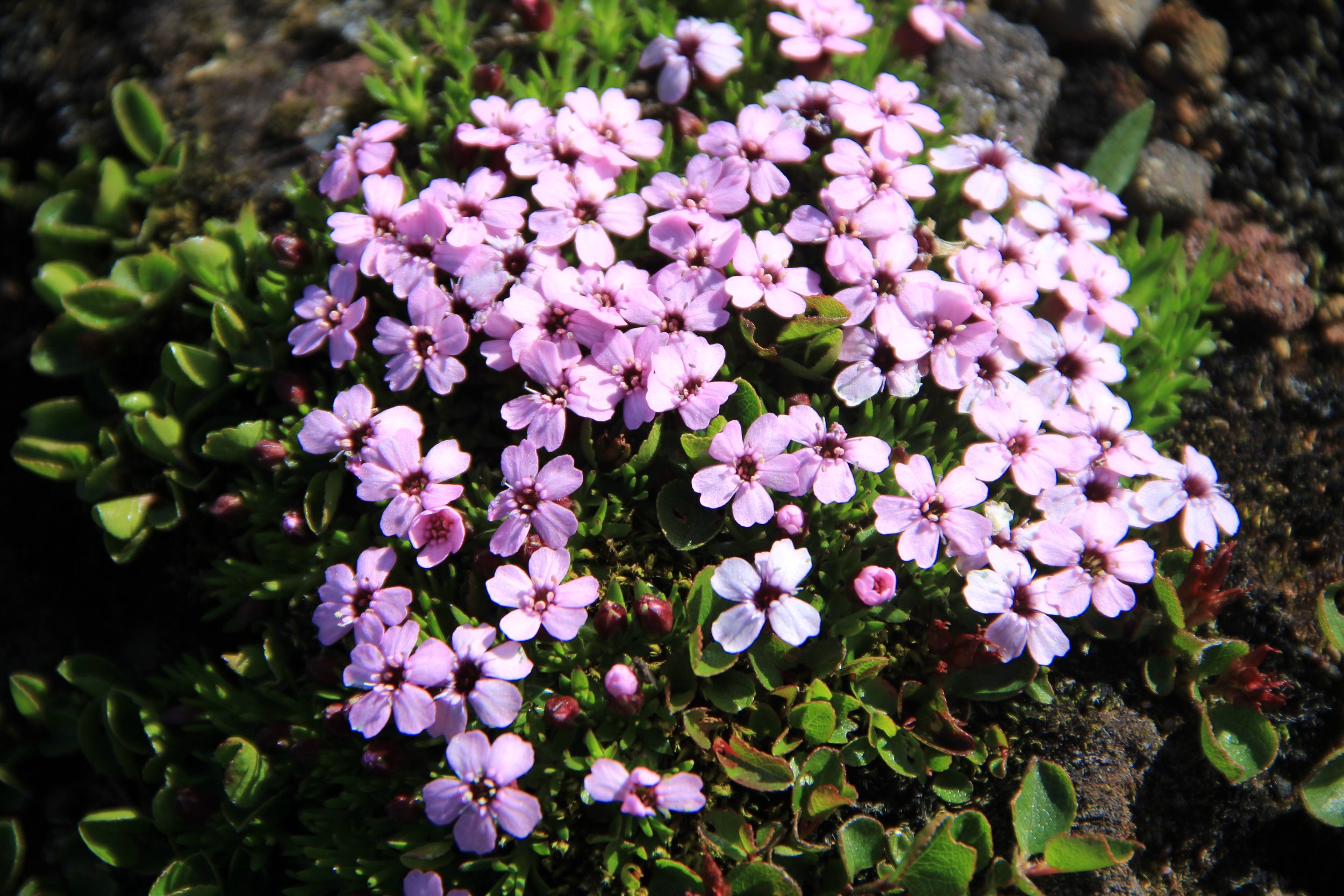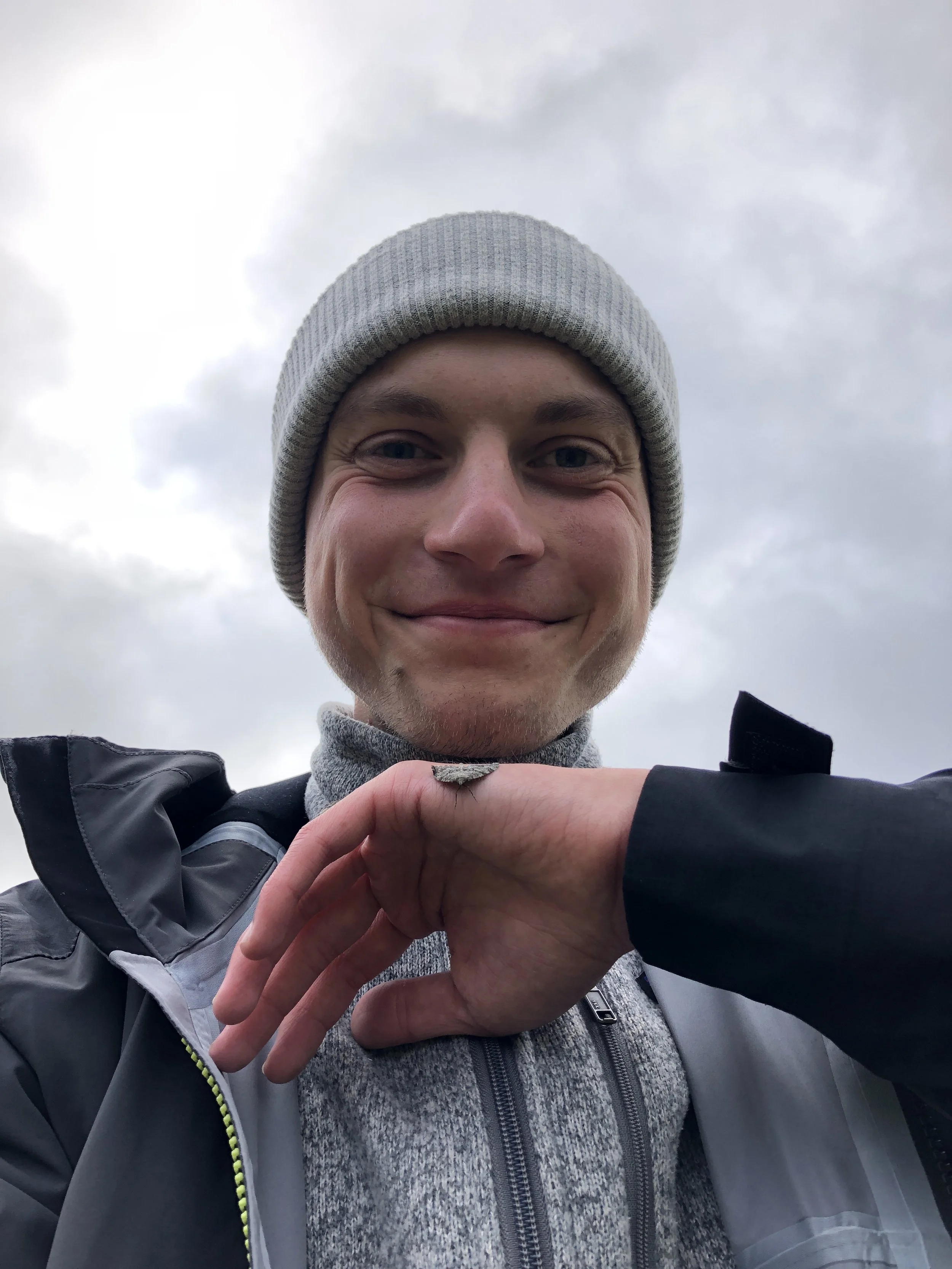Life on Lava
Before I set my foot on Eyjafjallajökull, I’d imagined it as a rugged landscape full of exposed bare rock. A landscape devoid of life, with the exception of moss covering the long-cold lava fields or lichen encrusting motionless lava bombs. That’s what the photos I had seen looked like to me, anyway. That’s what I had thought I would find there. One thing I had never expected to find on the flanks of an active volcano was such a diverse and thriving ecosystem full of life.
It is our last day on Eyjafjallajökull. There are about three hours left before we need to start packing up the tent and set off on our overnight hike to Landeyjahöfn. A fresh breeze is blowing from the south and the sun is shining – quite ironic because in about a day that breeze will turn into a vicious gale and is the reason we are leaving earlier than planned. I have been trying to get some sleep before the journey but it is just too nice outside to be sitting in the tent. I decide to go out.
Immediately, all of my senses are attacked. I can hear the Seljalandsá river bubbling and splashing against the time-worn rocks as it’s finding its way downhill to eventually cascade down at Seljalandsfoss waterfall and join Markarfljót. Its surface flickers like glitter. All around it, the sunshine is hitting the vast field of moss and makes it shine in the most vivid shades of green, the brightest I have ever seen. I walk barefoot to give my feet a rest from wearing boots all the time. The moss feels rough yet there is some unexpected softness to it too. It’s still slightly wet and cold but not in an unpleasant way. It is refreshing. Suddenly, I smell thyme. Its lovely scent fills the air, so I take lungfuls of it and sit down to look at the little purple flowers. If there was one thing I definitely did not expect to see growing on Eyjafjallajökull, it was thyme. Mother of Thyme (Thymus praecox) is called blóðberg in Icelandic – meaning bloodstone – a fitting name considering it is probably the most abundant flowering plant that grows on Eyjafjallajökull’s rocks. But it is far from the only one. I counted 21 different species.
Waves of purple thyme breaking through the sea of green moss.
We are camping on Hamragarðaheiði, a heath covering what used to be a flowing field of lava some 11,000 years ago. But how does such an inhospitable place become an oasis of life? First, we need some soil, which slowly forms as the rock erodes away. It provides the necessary base on which biocrusts – communities of microorganisms that prevent soil erosion – can develop. I saw plenty of them covering the loose scree up on the mountain. This biocrust base layer can then be colonised by various moss and lichen species. They, too, eventually break down and provide an additional organic component for the soil. After a while, more plants take root, creating heaths and alpine meadows that I walk on today.
Matching with my moth friend.
Still sitting on the moss and enjoying the warmth of the last sunbeams, I notice some movement in the patch of thyme beside me. A little ground beetle is making its way through the vegetation. Insects are abundant on Eyjafjallajökull; beetles, flies and moths make up the majority of the population. I found a Grey Mountain Carpet (Entephria caesiata) seeking refuge in our tent earlier. The little moth clung to my hand as I took it out, unwilling to fly away – it must’ve liked me. We even had matching grey outfits! It fluttered away eventually, unable to fly steadily in the wind.
Just like plants need soil to grow, insects need plants to thrive. And insects, in turn, attract different bird species to visit the uplands of Eyjafjallajökull. I turn away from the beetle as I hear a short tuu coming from the distance. I focus my eyes, trying to spot any movement. Tuu. And there it is. A little golden brown spot in the distance. I look closer. The speckled golden back, a white strip running from above the eye to under the wing and a black throat are typical features of the breeding plumage of a European golden plover (Pluvialis apricaria). The Heiðlóa, as it is known in Icelandic, is one of the country’s most beloved birds – its first sighting of the year marks the beginning of spring and is widely reported by local media. I saw so many of them on the volcano and it was always fun to watch them dash around in search of food, stopping every now and then to look around. Being located so close to the shore, the volcano seems to be a haven for wading birds: I managed to see Eurasian oystercatchers (Haematopus ostralegus), Eurasian whimbrels (Numenius phaeopus), and even a flock of gulls who visited the heath periodically.
People often describe Iceland as ‘otherworldly’. That may be true for the sulphur-reeking geothermal areas where only some extreme microorganisms can survive, Eyjafjallajökull, however, is a whole different story. I didn’t feel like I was walking on a different planet. In fact, I never felt closer to Earth than on the moss-covered lava fields of an active volcano.


